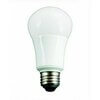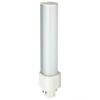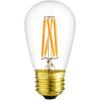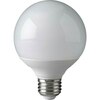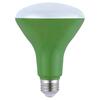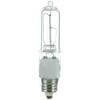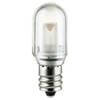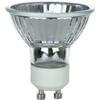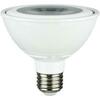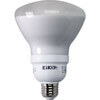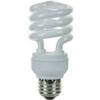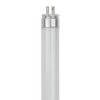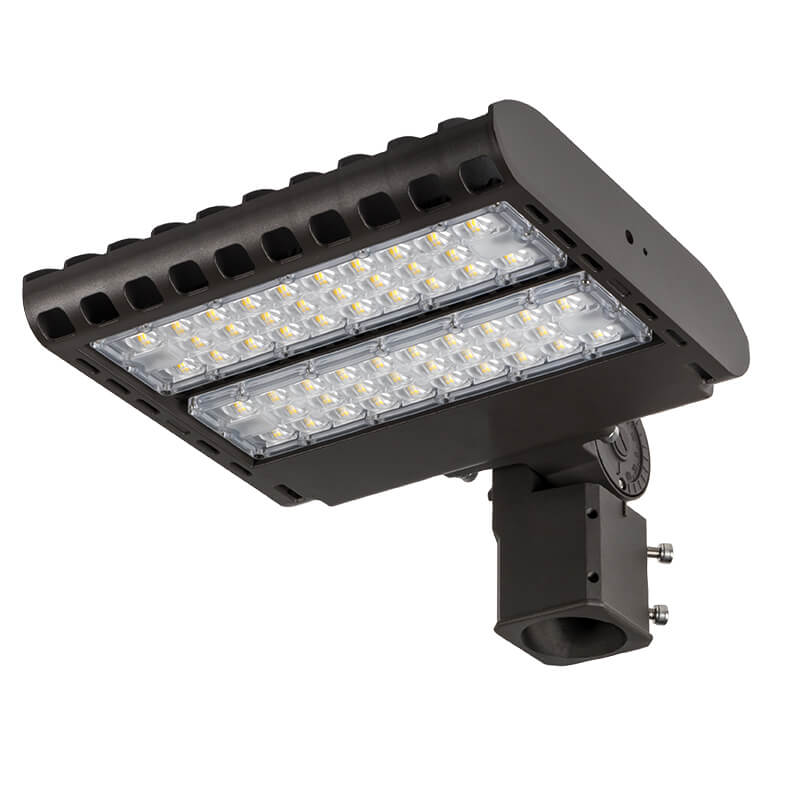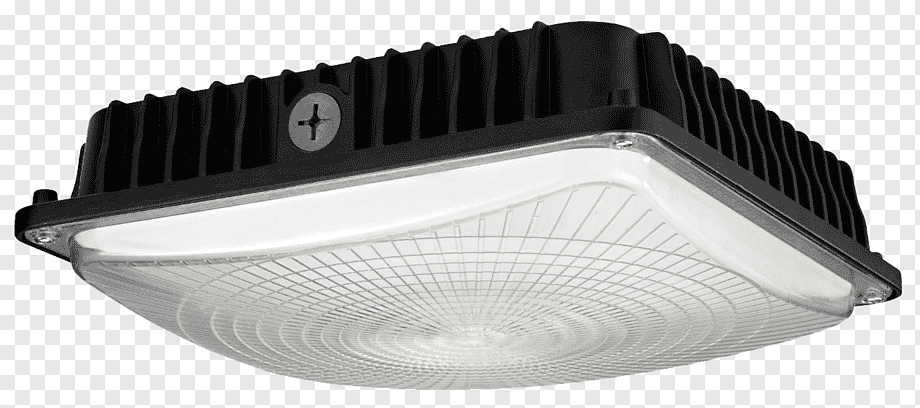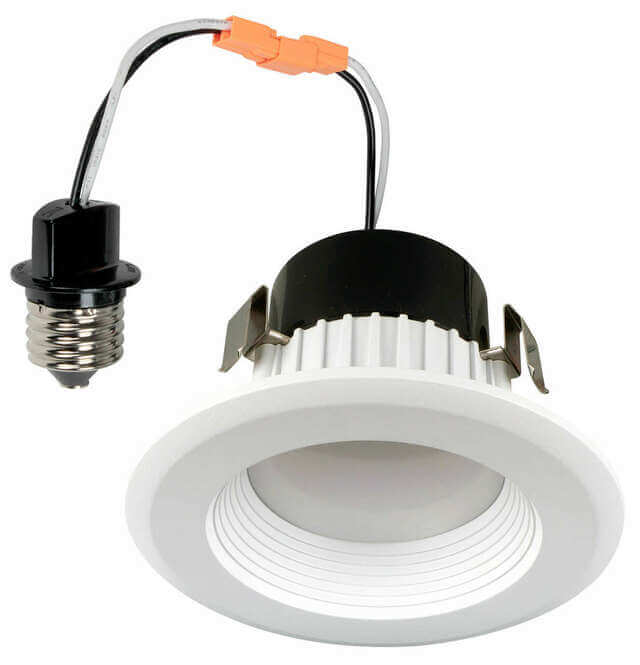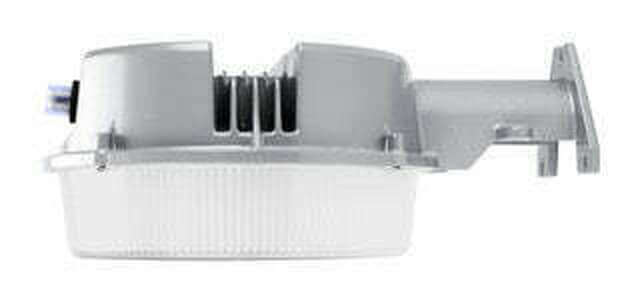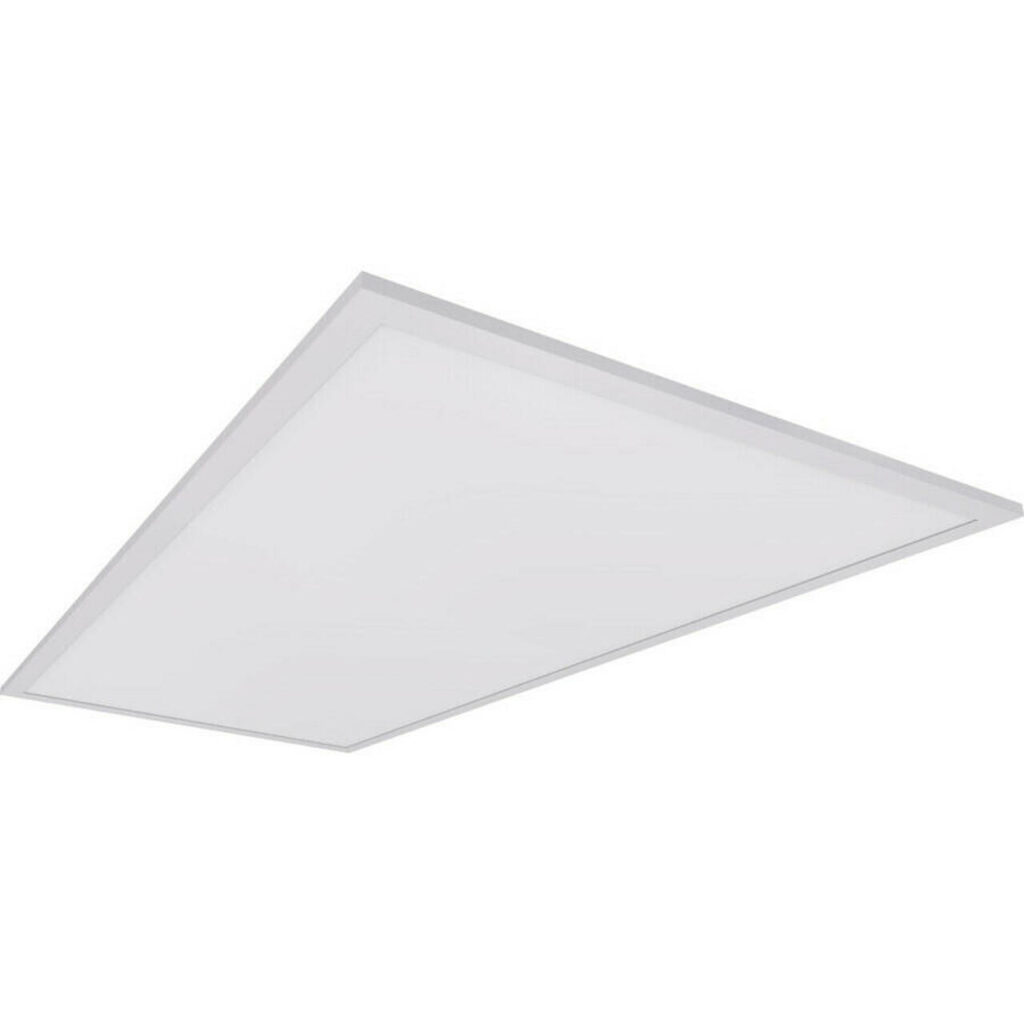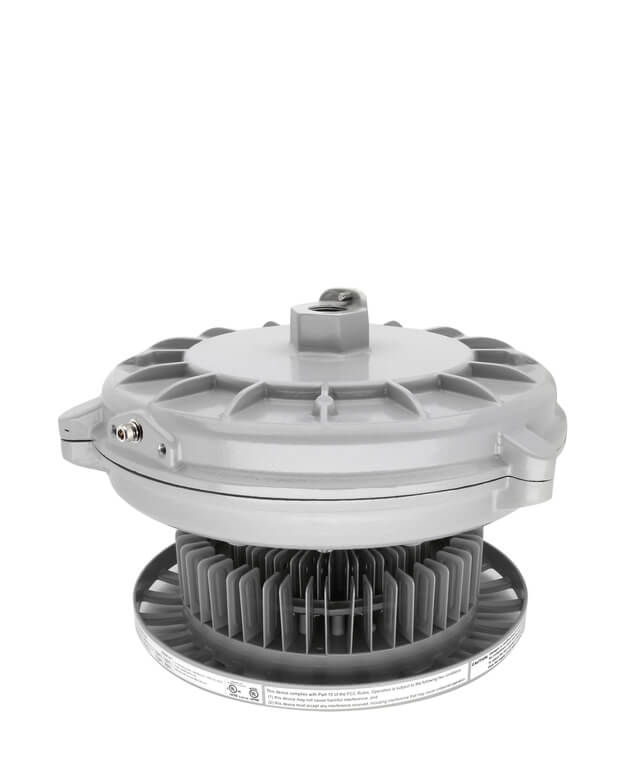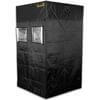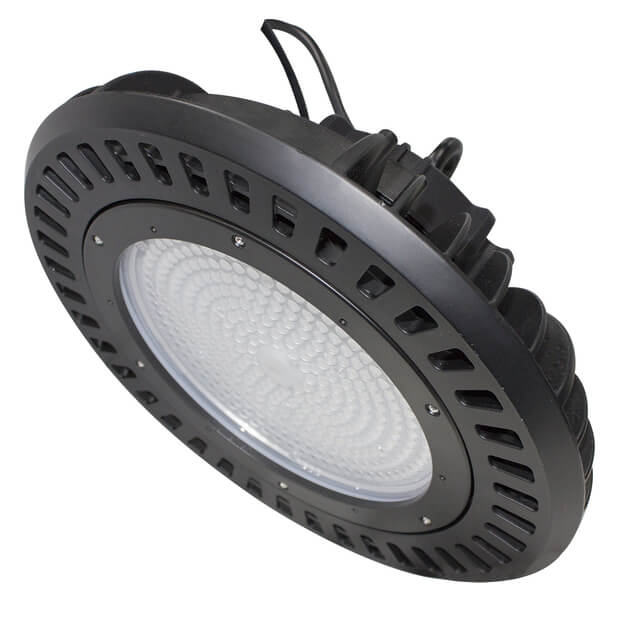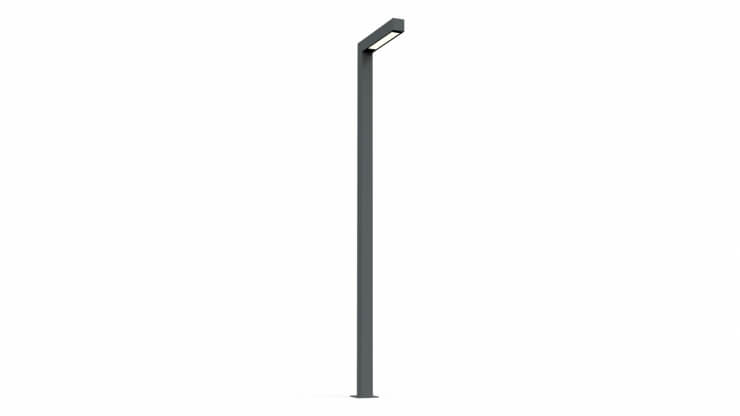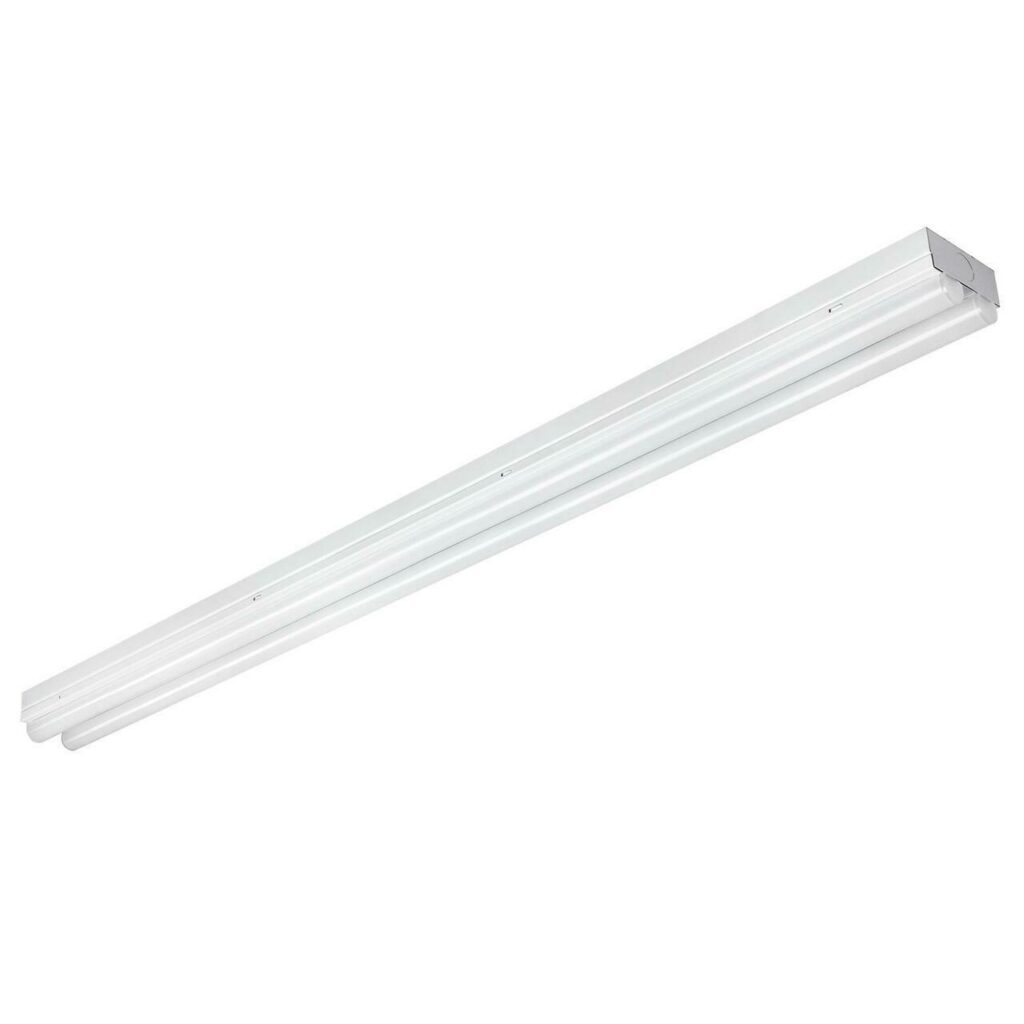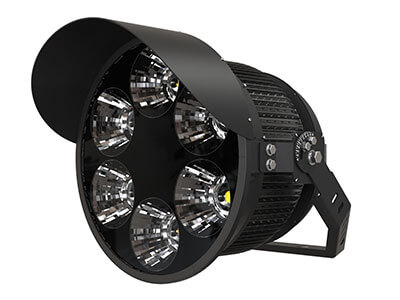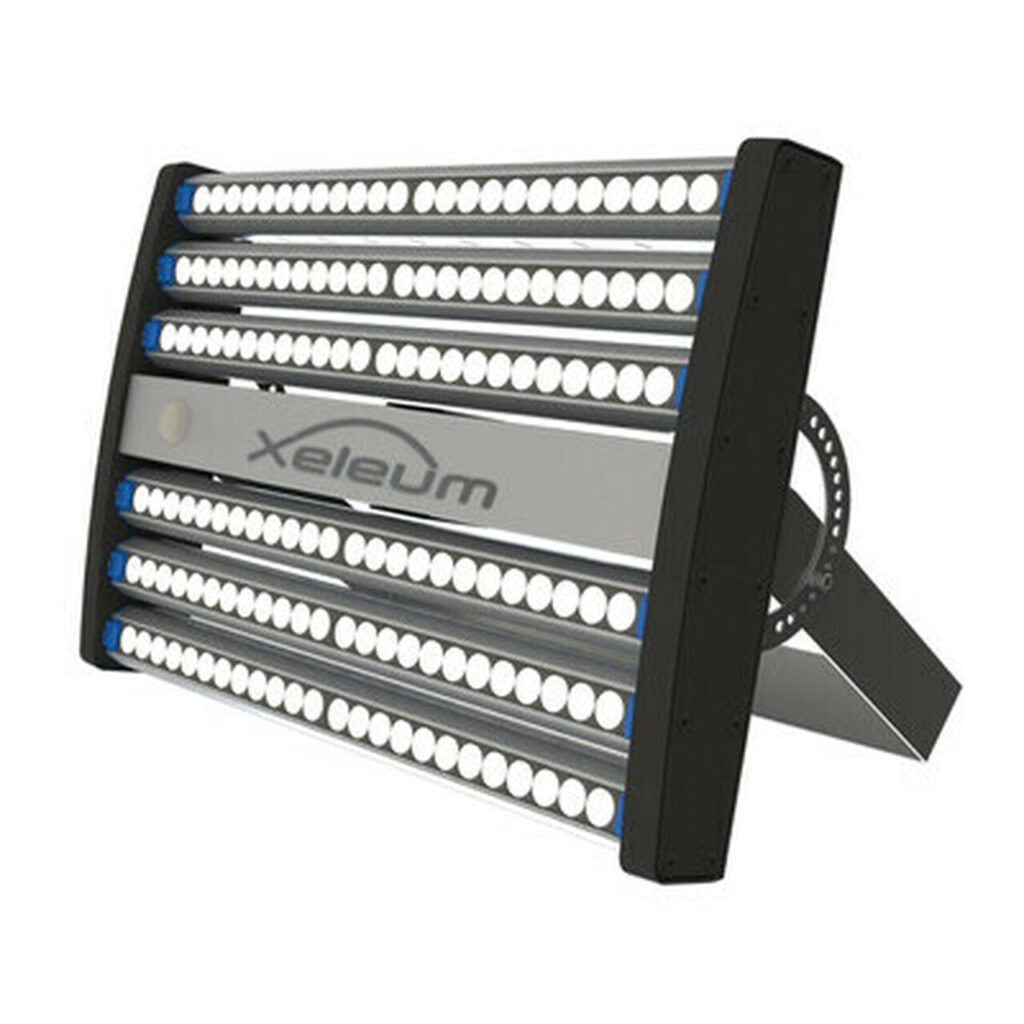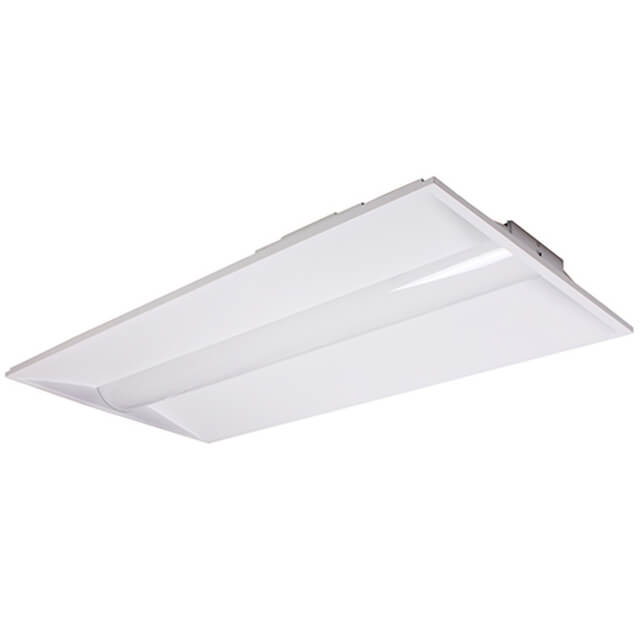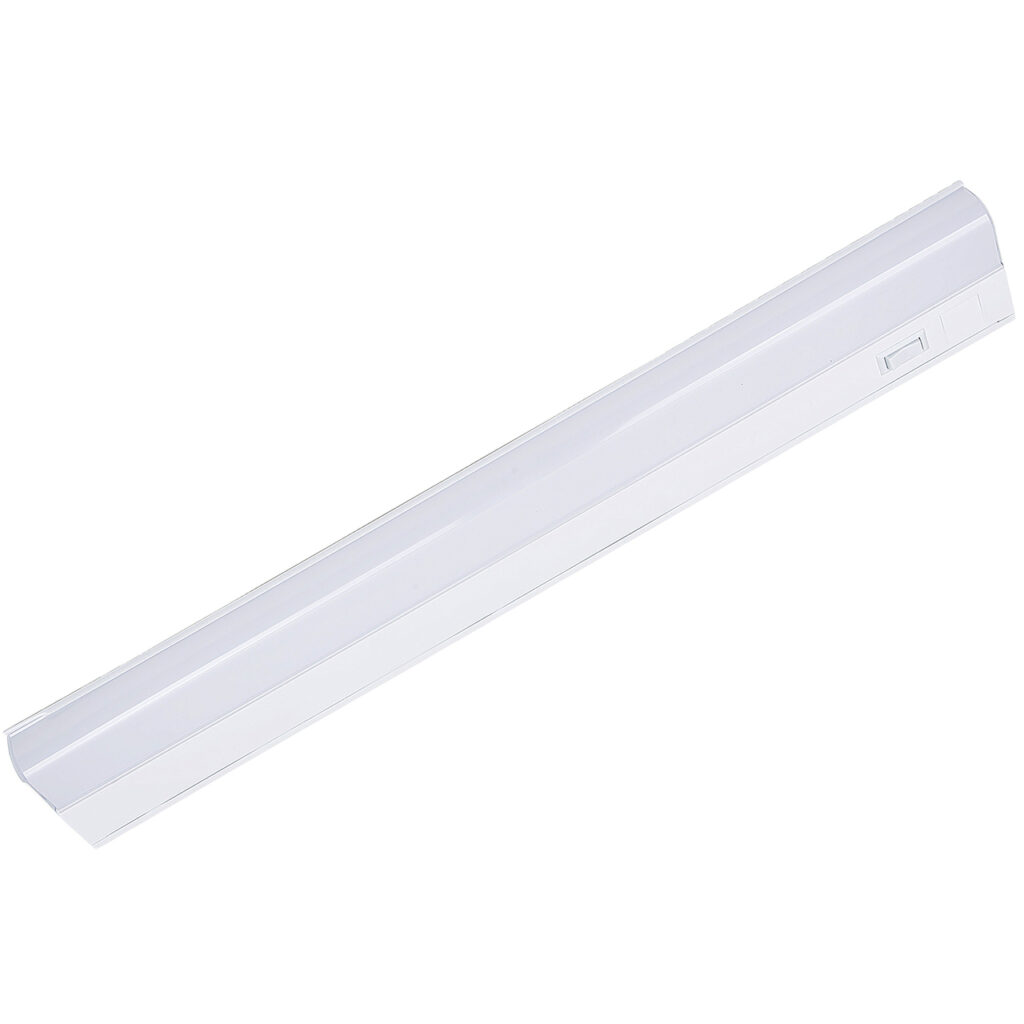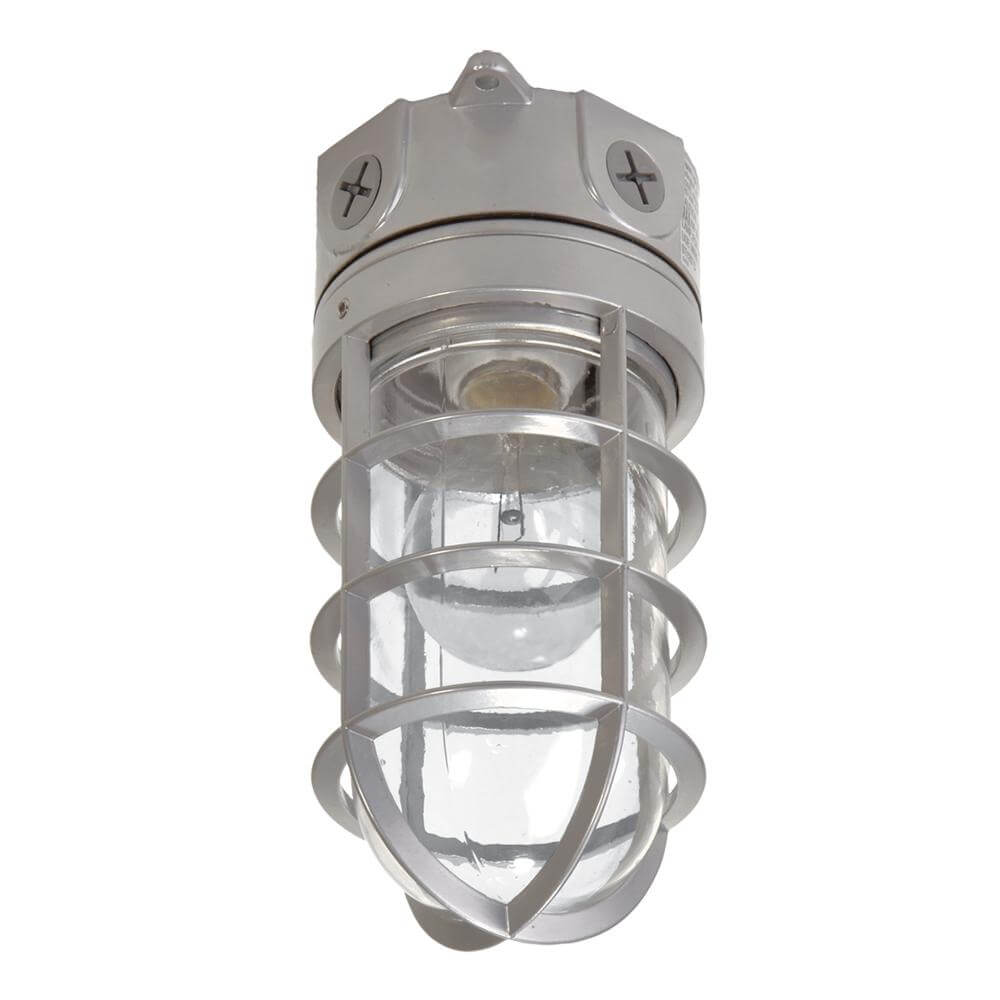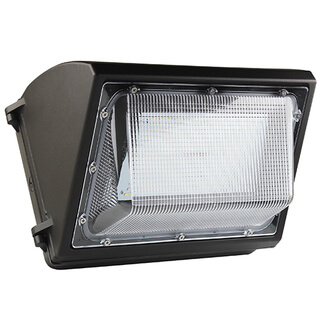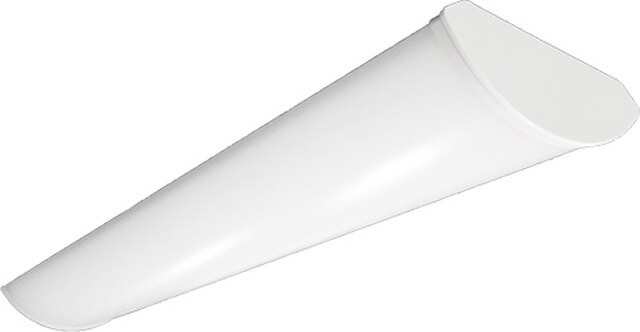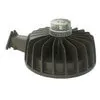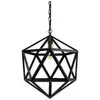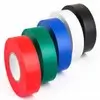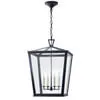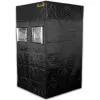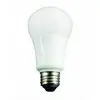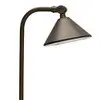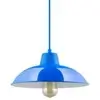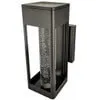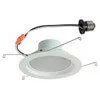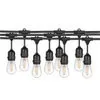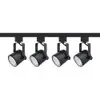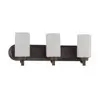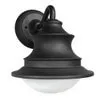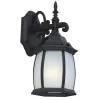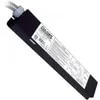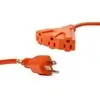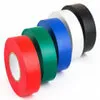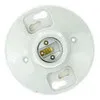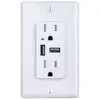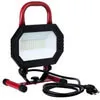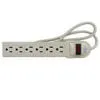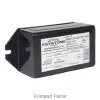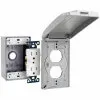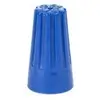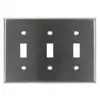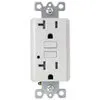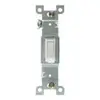Are you experiencing setback after setback with your LED strip lights? Do you find yourself becoming more and more frustrated with their flickering? If so, then you need to learn all that you can about fixing broken lights.
Since there are many things that can go wrong with lights, you’ll have to perform a bit of troubleshooting to get to the root of the problem. That way, you can fix the issue for any other bulbs or supplies that you install.
See below for an in-depth guide on how you can troubleshoot LED strip lights and what to do when they occur.
1. The Lights Won’t Turn On
Perhaps you’ve gone to turn on your strip lights and nothing happened. Maybe your LED strip lights turned on for a brief moment but quickly stopped working. Believe it or not, these are two completely different problems.
Let’s start with the problem of the LED strip lights not lighting up. If your strip lights are hardwired in, then start by checking for loose wires.
Another common issue with your hardwired strip lights is when there is too much insulation, causing a disconnect with the wiring. Shut off the power and cut off the insulation half an inch off of both ends of the wiring.
If you have plug-in strip lights that won’t turn on, then start by making sure that the strip light is turned on and properly plugged into the wall outlet. You might also try switching out the batteries to see if that was the issue. If all else fails, then your lights have a loose connection that needs to be corrected.
Meanwhile, if the lights briefly came on before shutting off, then there’s likely an issue with the dimmer. Make sure that the dimmer you’re using is compatible with the LED lights you’ve invested in.
2. Issues With the Color
There are numerous advantages to using LED lights, they’re energy-efficient and eco-friendly, just to name a few. However, perhaps the coolest benefit is that they can emit light in a wide variety of colors. This makes for an awesome aesthetic with LED strip lights.
That said, the color of your LED lights might be the primary issue. For example, you may have noticed that the color is different at one end of your strip lights than the other.
Make sure to delegate the strip light with several LED drivers; keep it to a maximum of 15 to 16 feet per LED driver. This will help create an evenly distributed source of energy.
If the strip lights are hardwired in, then you’ll want to assess the wiring. Make sure that you don’t have any crossed wires—hot wires and neutral wires that are touching each other.
Some of you might be dealing with the opposite problem. Instead of dealing with a multi-colored strip, you have a light strip that refuses to change colors. Fortunately, this is an easy fix; it just means that your strip lights are connected in reverse, so flip the strip around and connect it from the other side.
3. It Isn’t Functioning Properly
Even the best lights require a certain setup to thrive. LED strip lights have several awesome features, such as the ability to flash or chase to enhance the effects.
However, when those features aren’t working on your home, you might be quick to assume that it’s an electrical issue; that something in the system is disconnected.
You might be surprised to find out that the problem has nothing to do with the connection, insulation, or wiring. Believe it or not, the lack of flashing is due to you having it connected to a dimmer.
That means that the solution is simple: disconnect your dimmer from the circuit. Dimmers are made to prevent strip lights from flashing; they can tolerate a high electrical load but aren’t privy to allowing your LED lights to chase. If you want to use the flashing feature on your LED lights, then switch out the dimmer.
4. Your Strip Lights Are Burning Up
It’s always concerning to pick up a piece of electricity that’s hot to the touch. If you notice this, then don’t shrug it off. The heat is an indication that there’s a problem with the voltage supply.
When the power supply is too strong for the LED strip lights, it causes the lights to overheat. When installing and purchasing LED strip lights, make sure that the voltage matches your home’s voltage supply.
Consider this a warning to other problems. Too high of voltage can actually cause the wires to melt, as well as burn out your lights.
5. One End is Dimmer Than the Other
For some of you, the LED strip lights are running smoothly, but there’s one end of the strip that’s dimmer than the rest. This is causing a less-than-desirable look.
if that’s the case, then your strip lights are experiencing an uneven voltage. This could be due to the length of the strip you’ve laid out.
A common fix for this is to lay multiple LED drivers. Keep every LED strip in the 14 to 15-foot range to distribute the voltage evenly.
Broken Lights: Use These Tips to Troubleshoot
Now that you have seen an in-depth list of possible signs of broken lights and how you can fix them, be sure to use this information to your advantage.
Take the time to read this article for more information on how to prepare your home lights for the winter to keep them shining brightly (and safely). To get started, please browse our inventory for the best lighting and supplies on the market.













